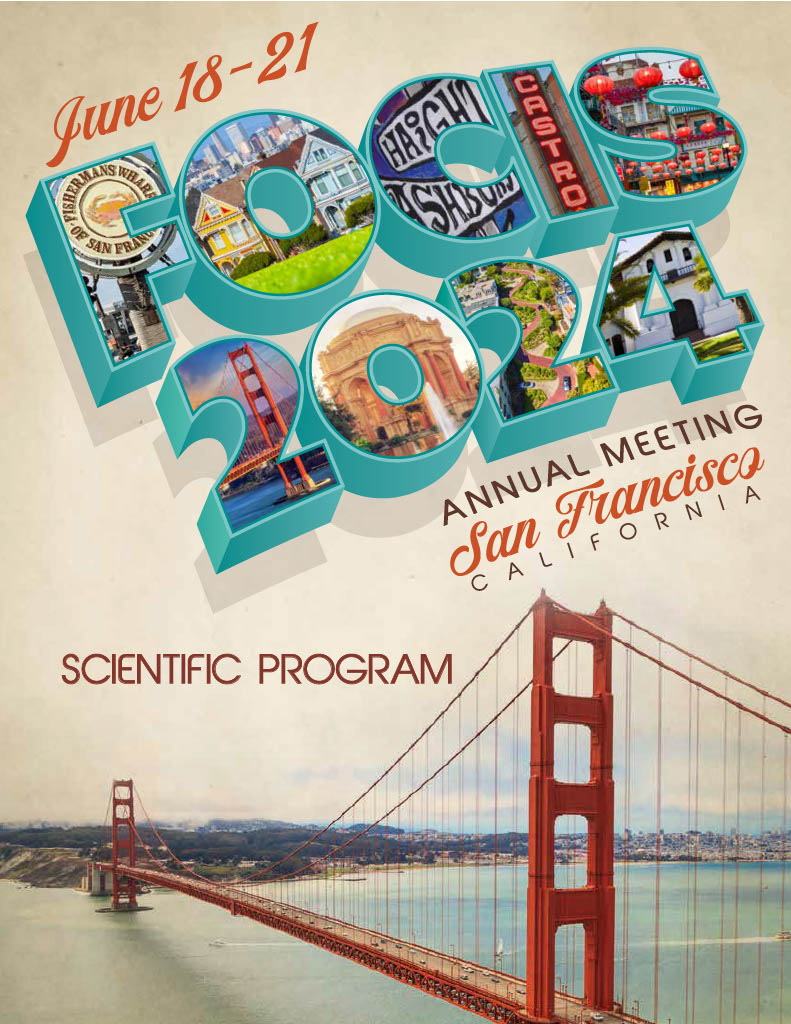Back
Stem Cell and Organ Transplantation
Session: Immunogenetics
Intra-clonal Diversity of Donor Specific B Cell IgH Is Associated with Pathogenic Allo-immunity
Wednesday, June 19, 2024
4:00 PM – 4:15 PM PT
Location: Salon 7
- MC
Marilia Cascalho, MD PhD
Professor
University of Michigan
Ann Arbor, Michigan, United States
Presenting Author(s)
Abstract Text: Donor-specific antibodies (DSA) are thought to be pathogenic as DSA correlate with risk of rejection and graft loss. However, recipients with DSA often do not reject at time of detection and conversely antibody-mediated rejection is often detected in recipients lacking appreciable DSA. This could reflect two confounding processes (i) non-pathogenic DSA and (ii) DSA absorbed to grafts. We reasoned that sequencing Ig variable region genes (IgH) on donor-specific B (DSB) cells, to assess clonal evolution might offer insights to distinguish innocuous from pathogenic responses. Donor-derived primary fibroblast lines and recipients PBMCs were obtained before and after transplantation. DSBs were isolated by panning PBMC using fibroblasts as targets. DSBs specificity were verified by antibody binding to donor, self and third-party cells. IgH sequences from individual DSB were obtained by NGS.
Before transplantation, all 10 unselected recipients had DSB; 3.1 DSB in 10^4 blood B cells, on average. DSBs increased 6-12M after transplantation by an average of 24-fold in recipients not given induction and by 80-fold in recipients given induction. DSB IgH sequences of recipients with allo-immunity accumulated SHM and the intra-clonal distribution of SHM was notably skewed owing to effective selection. DSB IgH in recipients lacking any evidence of allo-immunity had decreased or unchanged SHM and unselected intra-clonal distribution of SHM. Our results indicate that ascertaining the properties of DSB could make it possible to assess pathogenic DSB before rejection. We propose that increased intra-clonal competition favors healthy outcomes while decreased competition owing to clonal narrowness favors disease (Figs. A-B).
Before transplantation, all 10 unselected recipients had DSB; 3.1 DSB in 10^4 blood B cells, on average. DSBs increased 6-12M after transplantation by an average of 24-fold in recipients not given induction and by 80-fold in recipients given induction. DSB IgH sequences of recipients with allo-immunity accumulated SHM and the intra-clonal distribution of SHM was notably skewed owing to effective selection. DSB IgH in recipients lacking any evidence of allo-immunity had decreased or unchanged SHM and unselected intra-clonal distribution of SHM. Our results indicate that ascertaining the properties of DSB could make it possible to assess pathogenic DSB before rejection. We propose that increased intra-clonal competition favors healthy outcomes while decreased competition owing to clonal narrowness favors disease (Figs. A-B).

